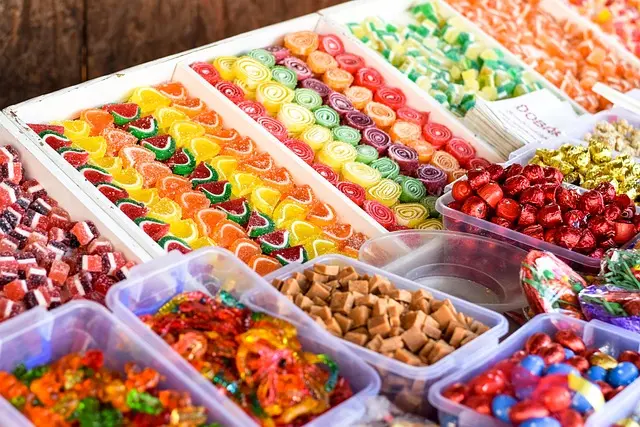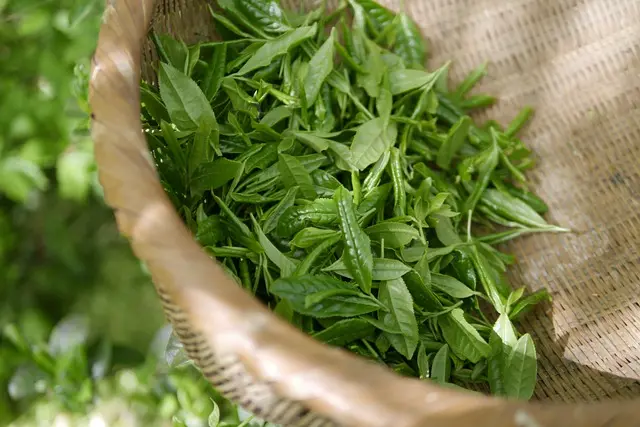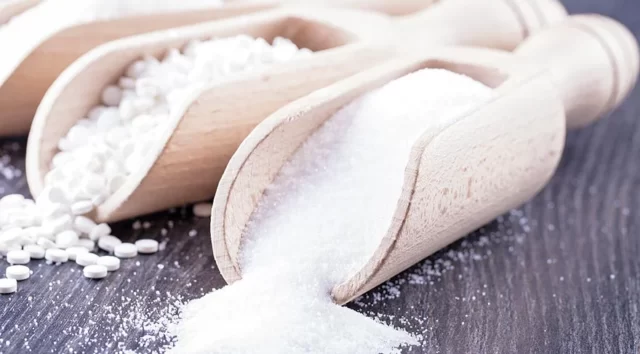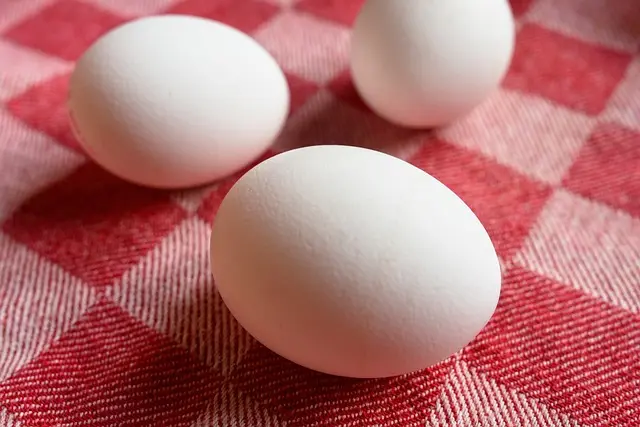
Titanium dioxide is a food additive known by the code E171. E171 is used not only in food products, but also in areas such as cosmetics, toothpastes and pharmaceuticals. It is a white, solid, artificial product at room temperature.
It is used as a food additive because it gives a moisture retainer, white color and increases the brightness of the food, creates an antimicrobial effect and delays the ripening of the fruit by breaking down ethylene. In addition, titanium dioxide is used in products sensitive to UV (ultraviolet) light to prolong the shelf life of foods and prevent spoilage, and even bleach the meat color of fish (cod).
Among the food groups, E171 is used especially in white-colored foods such as chewing gum, candies, coffee cream, white chickpeas, sauces and ice cream. As it is known, chocolate can melt at human body temperature. It has been observed that chocolates with added titanium dioxide become resistant to melting up to temperatures of up to 40˚C.
E171 exists in nature in three different forms. These; anatase, rutile and brookite forms. Only anatase and rutile forms are allowed as food additives.
Is titanium dioxide harmful?
There are many studies on the harms of titanium dioxide. For example, titanium dioxide has been shown to damage the gut microbiota in mouse experiments. However, studies need to be more comprehensive as mice are given doses as high as 50 mg.
Based on the available data, the European Food Safety Authority (EFSA) concluded that E171 is no longer safe as a food additive. It was concluded that the ADI (daily dose) value could not be determined due to the damage of titanium dioxide to genotoxicity. Genotoxicity refers to the ability of a chemical to damage DNA, the genetic material of cells.
As a result, E171 has a wide range of uses as a food additive. It is also useful to pay attention to the use and consumption of titanium dioxide as a producer and consumer, which has many concerns about the harm it causes to the human body. In addition, better alternatives can be applied for the use of E171 in food production.
Reference
https://www.efsa.europa.eu/en/news/titanium-dioxide-e171-no-longer-considered-safe-when-used-food-additive
Bayram, H. M., & Öztürkcan, A. Gıda Katkı Maddelerinin Mikrobiyota Üzerine Etkisi. Gıda, 45(5), 1030-1046.
Berik, N. (2018). Titanyum Dioksit ve Nano Nitanyum Dioksit Kullanımının Su Ürünlerine Olası Zararları. Çanakkale Onsekiz Mart University Journal of Marine Sciences and Fisheries, 1(2), 59-65.
Bischoff, N. S., de Kok, T. M., Sijm, D. T., van Breda, S. G., Briedé, J. J., Castenmiller, J. J., … & Van Loveren, H. (2021). Possible Adverse Effects of Food Additive E171 (Titanium Dioxide) Related to Particle Specific Human Toxicity, Including the Immune System. International Journal of Molecular Sciences, 22(1), 207.
Özgül, O. (2016). TiO2/karbon Nanotüp Kompozitlerinin Sentezi ve Antikanser Etkinliklerinin İncelenmesi.
Türker, S., Aydın, M., & Danacıoğlu, D. A. Gıda Teknolojisinde Yenilikçi Yaklaşımlar. Helal ve Etik Araştırmalar Dergisi, 3(1), 19-36.







It is useful!
Thanks!